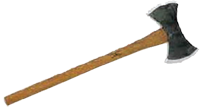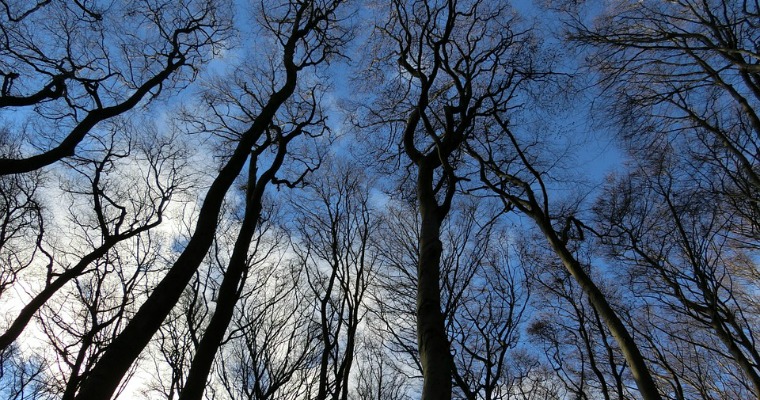If you have lived in Central Texas for any length of time you are bound to have experienced a drought at some point.
Characterized by a long period of minimal rainfall, it can wreck havoc on your plants and trees.
So, what’s the best way to care for your landscape trees during a drought?
Identify Symptoms of Stress
First and foremost, you should familiarize yourself with the various symptoms of drought stress in trees. Just because it hasn’t rained in a week or longer doesn’t necessarily mean that your trees are unhealthy.
Some trees are able to retain water more efficiently than others, making them less susceptible to dry spells.
Here’s a short list of some of the most common symptoms of drought stress in trees:
- Bark flaking and falling off
- Leaves wilting and curling at the tips
- Yellowing leaves
- Pine trees and other evergreens may feature needles with dark brown tips
- Smaller than usual leaves
- The presence of “scorch” marks in which brown veins form outside the edges
Water Your Tree
Ideally, you should “deep water” your trees during a drought to a depth of at least 12” below the surface of the soil. Saturating the soil with this much water will ensure moisture reaches the roots, at which point the tree will absorb it.
A simple dripline system should suffice for the purpose of watering your trees. If there’s a water ban in your area, however, you should refer to your local laws and ordinances to determine whether or not watering is allowed in your yard.
Some experts also recommend a slow and deep watering once per week during a drought. Keep in mind, however, that the use of turf or sod underneath the tree may restrict its flow of water. Therefore, you’ll need to use more water if your landscape has turf or sod.
Another solution is to remove the turf – just a small patch around the base of your tree – and replace it with mulch. You may then apply the water directly over the mulch, allowing it to be absorbed faster and more efficiently.
After the drought has passed, your trees should regain their health and “luster” in the weeks to follow. With that said, you should still keep a watchful eye on them, looking for additional signs of stress and illness.
The Woodsman Company offers tree planting, tree pruning and shrub trimming, tree removal and stump grinding as well as a tree wellness program.
If we can help with any of your tree care needs give us a call at 512-846-2535 or 512-940-0799 or


Thanks for posting these symptoms of stress in my trees when there’s a drought. There’s usually a drought in my city every summer, so this will be useful to know so that I can take proper care of my trees. I’ve seen bark flaking and falling off, and leaves curling at the tips last summer. I’ll watch out for that again this year so that I can change how I care for them so that they’ll last if there’s another drought this summer.
Thanks you so much sharing, this useful information with us. Keep it up the excellent work.
I have experienced a few drought periods, and the best thing you can do for your tree or plant is to have non essential parts pruned off. You should take not of what a tree does during the coming winter season, the first thing it does is shed its leaves. you should cut off branches that have leaves visibly dying this is a sign the tree is actually preparing to do the same itself. It stops sending nutrients to those branches and concentrates on life conservation. prune off non essential branches to help it weather the drought.
Even though it’s raining right now, this is relevant to us Californians. Thanks for the post!